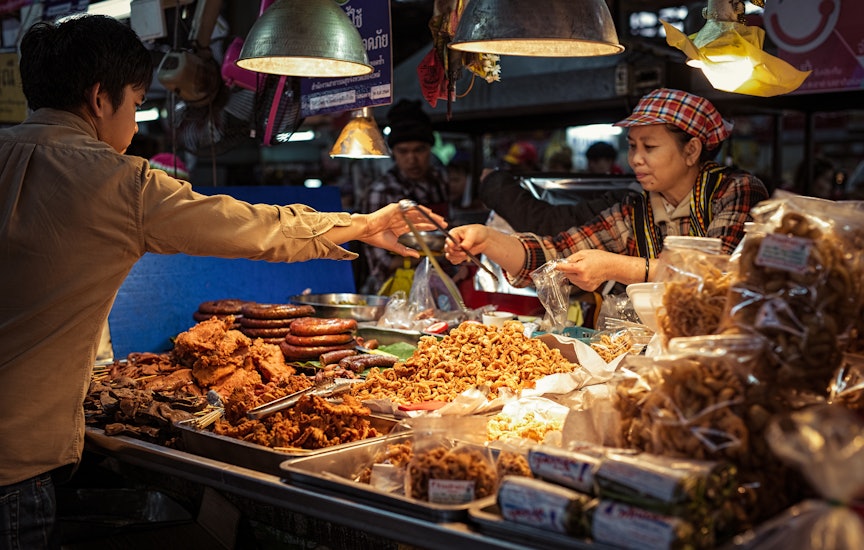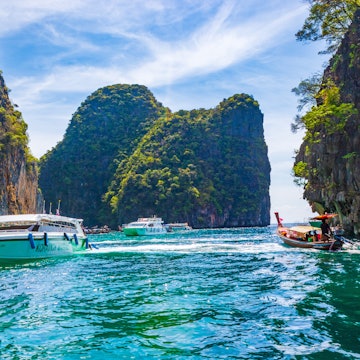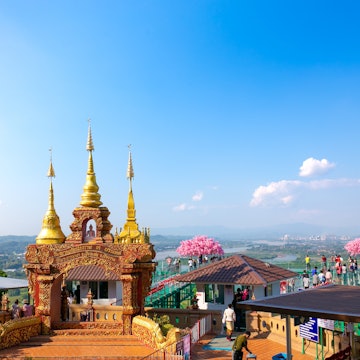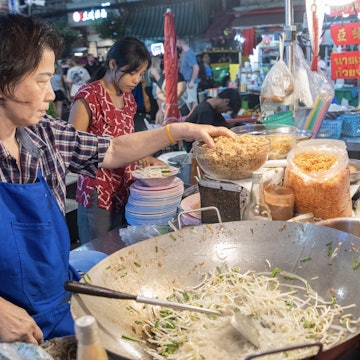
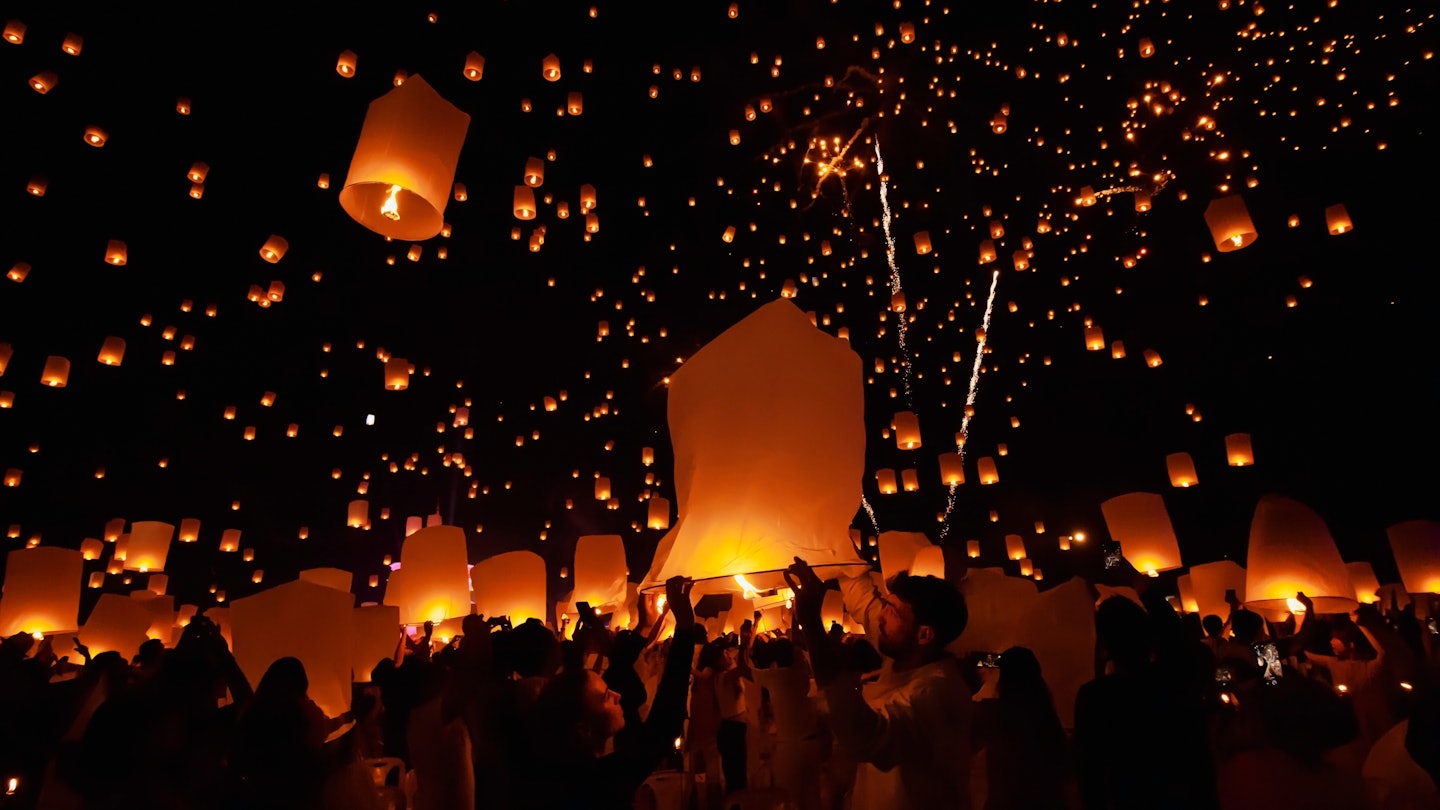
The Lantern Festival in Chiang Mai, Thailand. addkm/Shutterstock
Often packed with as many visitors as there are roadside hawkers, Chiang Mai is one of Thailand’s most-loved destinations, offering a cool respite from the beaches and busy cities further south.
While there’s a lot to do in town, the best experiences in Chiang Mai are often found in the province’s natural surroundings. As with the rest of Thailand, rain and smoke can make or break even the best-planned vacation up north.
Scaling rugged mountains, braving the thrill of white water rapids, enjoying nature’s larder or forging connections with the local wildlife – these are the experiences that define Chiang Mai, whatever the weather. Here's our guide to help you make the best decision for your trip.

November to January has the sunniest weather and is packed with cultural festivals
In November, the rain stops and cold fronts bring the temperatures down a notch (at night at least). This ushers in the sunny “cool” season and officially marks the start of Thailand's peak travel season. Nighttime temperatures drop to 12–15°C (53–60°F), and the cooler weather guarantees to make outdoor activities more bearable.
While there are plenty of peaks in Thailand where you can enjoy a sea of clouds – think Phu Chee Fah, Doi Pha Hom Pok or Doi Angkhang – there’s no place better than atop the towering pinnacle of Doi Luang Chiang Dao. Open for just November, December and January and limited to 150 people a day, it does take some planning, but the 360 views at sunset and sunrise are entirely worth it. The booking website is mainly in Thai, so try sending a message through the Facebook group to secure your spot.
In the dry season, rivers continue to flow but without the risk of violent jungle river swells that come with monsoon downpours, making it the best time for whitewater rafting. While the Nam Wa River in nearby Nan Province offers the best long-distance rapids in the country, Chiang Mai’s Mae Taeng River is a great alternative for those new to the sport.
Back in the city, there are plenty of exciting cultural events that are worth planning around. November’s full moon is of greatest importance in the lunar calendar and is when the country celebrates Loi Krathong festival. Marking the end of the rainy season, people thank the waters for a prosperous year by floating makeshift candlelit rafts decorated with flowers and incense. In Chiang Mai, this celebration aligns with the northern Yee Peng festival of lanterns.
December and January are also the months where more contemporary festivals take place, from music and art events to the up-and-coming Chiang Mai Festival City – a cultural, craft and music event held every November and December.
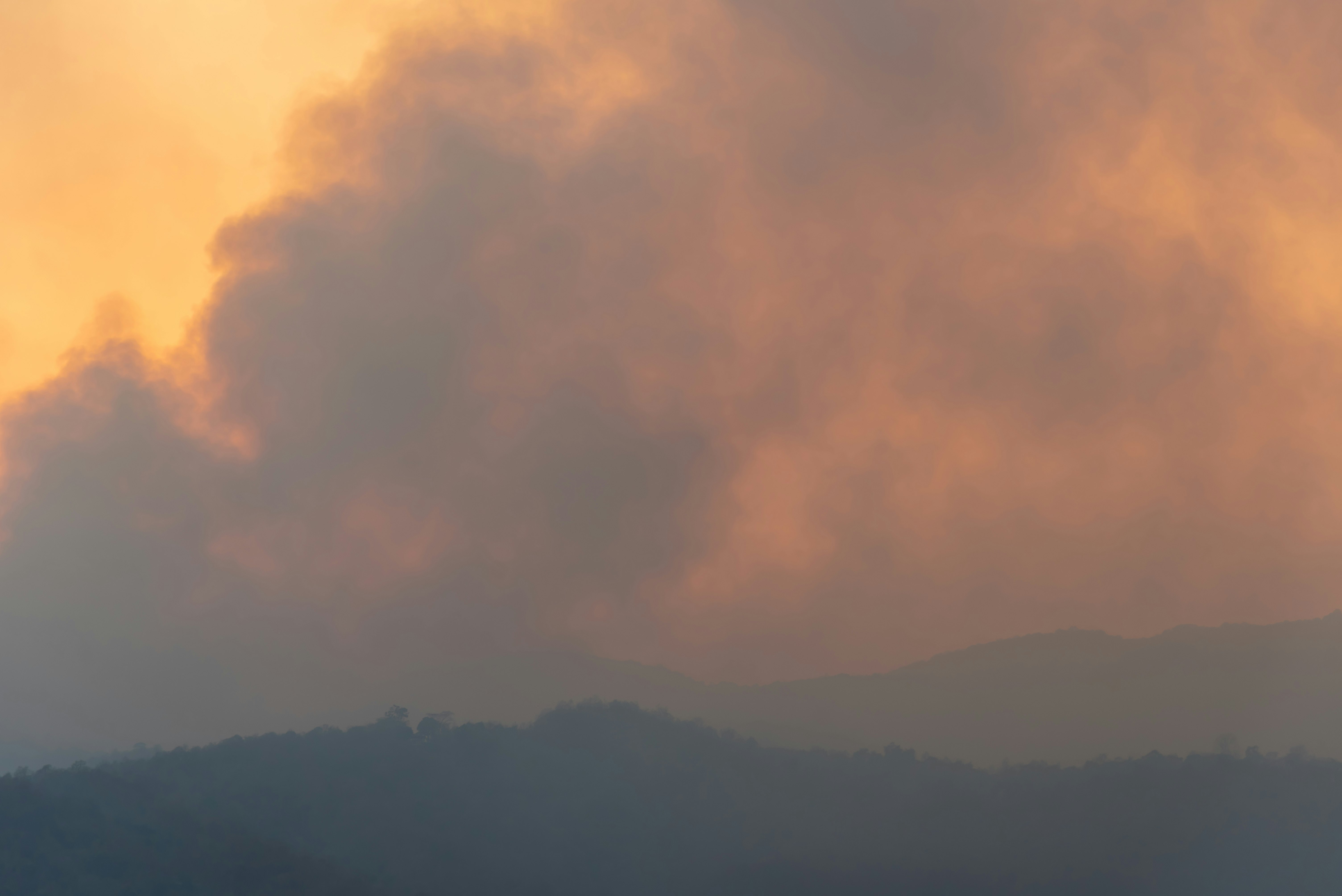
February to April is the smoky season
Some say Chiang Mai is too good to be true, which is perhaps why there’s a smoky season to balance it all out. From February (and sometimes as early as January) to April, Northern Thailand, Myanmar, Laos and Vietnam are blanketed in a thick layer of PM2.5 smog caused primarily by slash-and-burn agricultural practices and human-caused forest fires.
During this time, Chiang Mai regularly tops the list as the most air-polluted city in the world. While passing through the region during this time is manageable for tourists as exposure is generally brief, locals who are sick of the smoke choose to hunker down indoors or escape to the beaches while the rest of the city suffocates. Consequently, events are canceled or are simply not planned, casting a quiet spell over the city that pairs with the smoke for an almost dystopian atmosphere that sadly can't be ignored.

April has one of Thailand's biggest celebrations
By March and April, the Thai weather hits the height of summer with a scorching high of 30–40°C (86–104°F). While schools are out, most prefer to seek refuge in air-conditioned homes and malls with the exception of Songkran – Thailand’s three-day new year celebration that features full-scale water fights. It officially takes place April 13 to 15, but, in Chiang Mai, it tends to span April 12 to 16 to allow a couple of extra days of fun.
Across the country, families and friends seek blessings from elders before seeking out the best water fights on every street corner. Chiang Mai is well known to be one of the top places to experience this festival, with the entire Old City Moat transforming into an endless circuit of water spraying mayhem, roadside concerts and free flowing revelry. If you prefer to stay dry or are traveling with young kids, opt for a hotel outside of the old city so you can dip in as much or as little as you prefer.
April is also the month where Thais celebrate some of the best foods of the season. Succulent mango and mangosteens begin to ooze with sugary sweetness, while locals start to look to the trees in hopeful harvest of protein-rich eggs of red ants, enjoyed in both soups and deep fried in omelets. You’ll find both in their raw forms in Warorot Market.

May to October bring lush forests and rainy day deals
Thailand’s rainy season tends to be less predictable than other monsoons in the region, yet with it comes a bloom of lush green scenery and moody afternoon skies that are a piece of art in their own right.
In Northern Thailand, rain often arrives as swift, brief showers in the afternoon or evening, while temperatures hover around a high-humid 30°C (86°F). There are moments, though, when the sky wears a cloak of endless rainfall and gray clouds that can last for days.
During this time, Chiang Mai is a stunning greenscape of jungle forest, shimmering paddy fields and misty mountain peaks. Views from hillsides are nowhere near guaranteed, but a day or two in a bamboo hut homestay in Mae Wang or Chiang Dao offers hot coffee, relaxed vibes and natural local experiences at bargain prices.
Waterfalls are also their most impressive at this time, with the Nam Tok Bua Tong Waterfall (AKA the Sticky Waterfall) and Mae Sa Waterfall being two popular spots to splash around in. In recent years authorities have taken more steps to monitor flash flooding, resulting in the odd unannounced closure to ensure the safety for visitors.
Each July, the Pai Jazz & Blues Festival takes over the hippie mountain town with a heavy schedule of outdoor performances that continue rain or shine.







